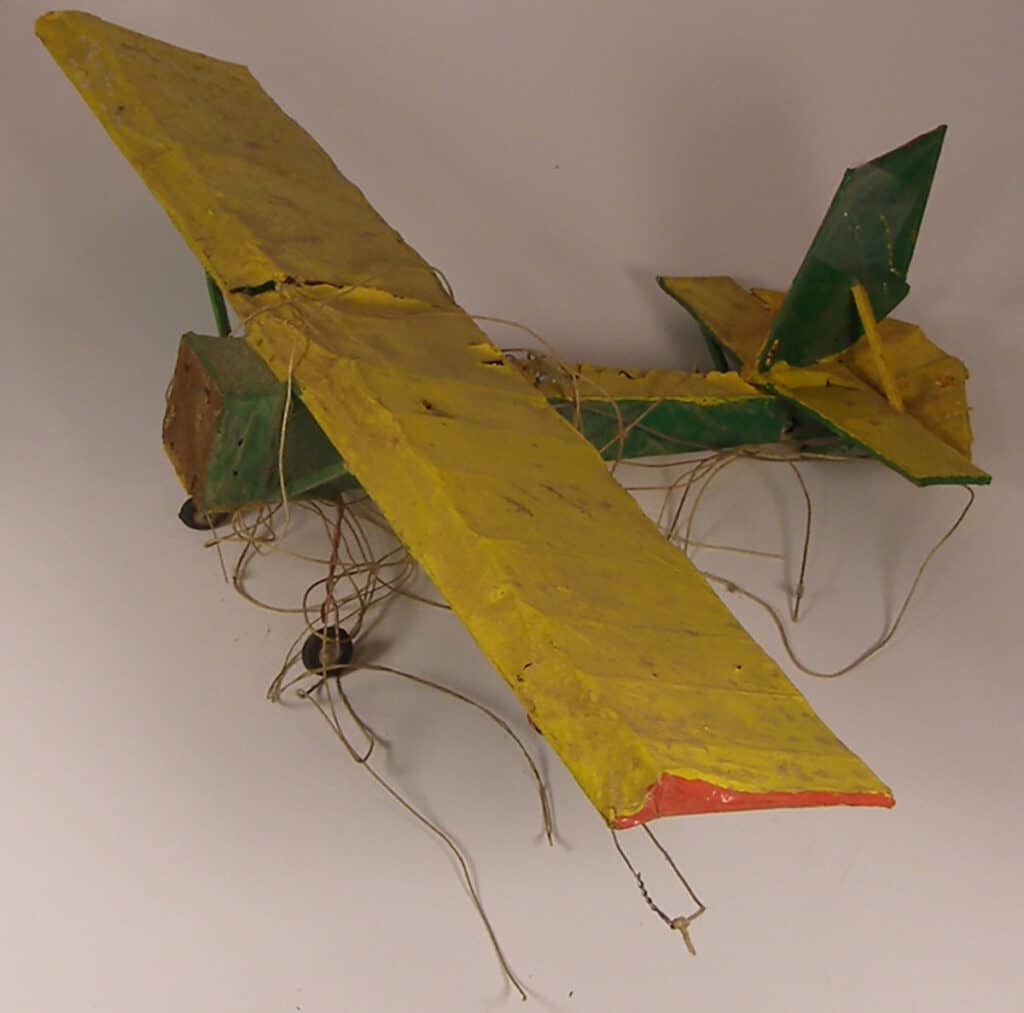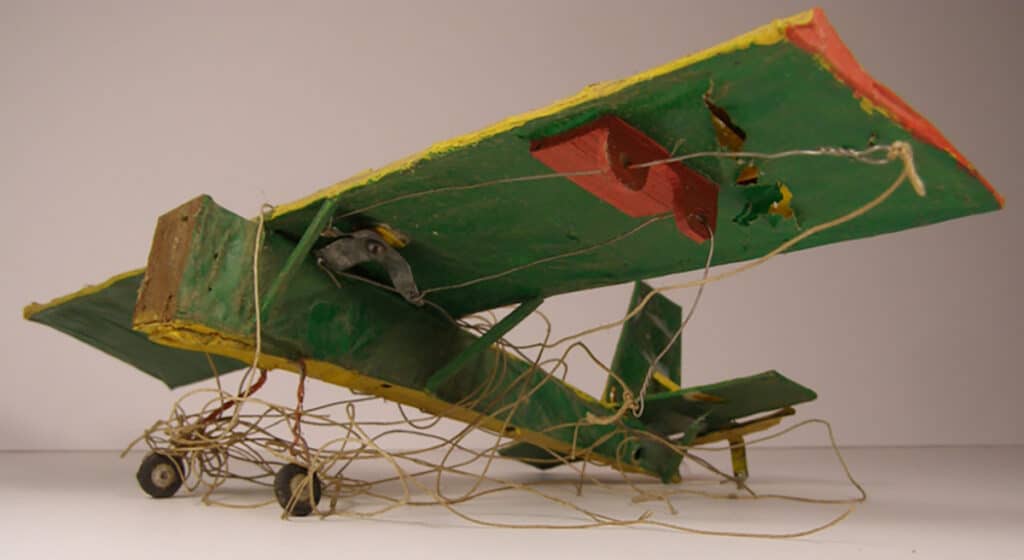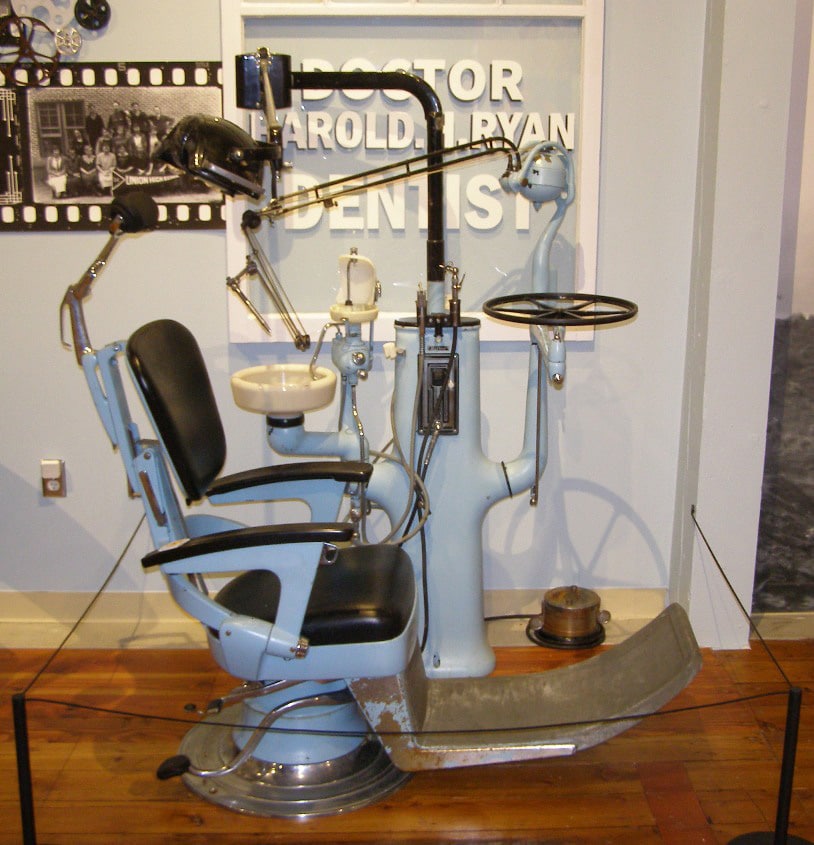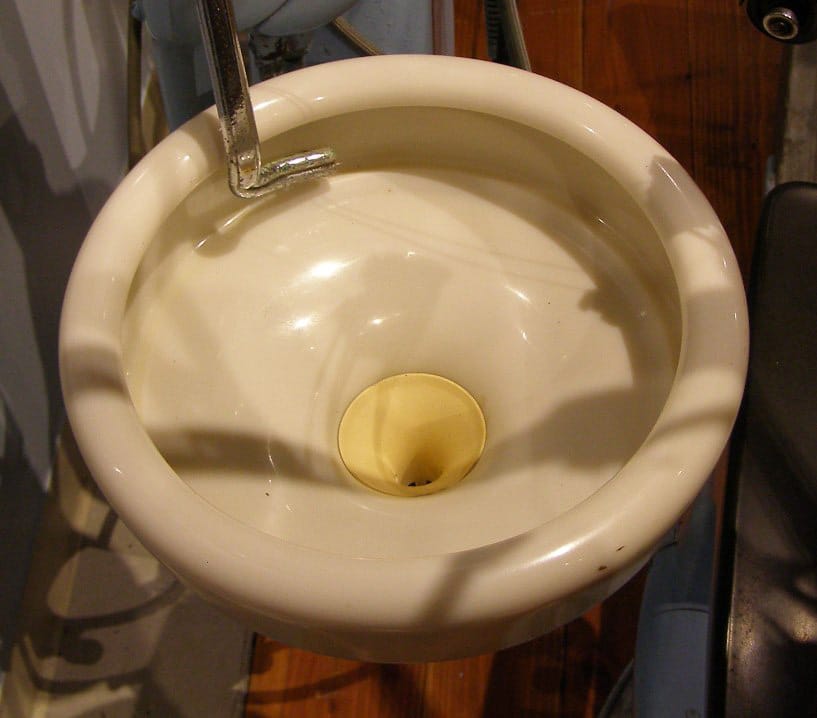Arts & Entertainment Community
Gig Harbor Now and Then | Aeroplanes and dental drool
After several columns without, this week Gig Harbor Now and Then goes back to questions of local history. For no particular reason, there will be four.
Getting airborne
It’s difficult to pin down the dates of certain historical achievements. In many cases they were not recognized in their times as being of any significance. A case in point is human flight on the Peninsula.
Aviation, like all big industries, started small. It began with individuals so enamored of the idea of human flight that nearly all of them built their own aircraft. Some built big balloons, some built airplanes. But they weren’t called airplanes at the time; they were known as aeroplanes. (The British still call them aeroplanes today.)
Airplanes belong to a class of aircraft that are heavier than the air they displace. Balloons are lighter than the air they displace. Today’s topic concerns heavier-than-air craft.
The first powered airplane flight in Western Washington took place at a horse track in Seattle in 1910. While we don’t know when the first airplane landed or took off from the Greater Gig Harbor Peninsula, we probably know when the first one was constructed there. The timing seems to suggest the 1910 exhibition at Seattle’s Meadows Race Track was a heavy influence. (How’s that for a broad hint?)
Build-it-yourself
All airplanes in the early years were constructed by hand. They were usually cobbled together from combinations of bicycle parts, pieces of other machines, and handmade parts. While not all home airplane builders sold parts to other eager aeronauts, the Gig Harbor Peninsula’s first one did. There’s no telling how many early airplanes were flown with parts made in Gig Harbor, but probably very, very few. Maybe even only one.

Not every homemade airplane was as seductively sleek and impressive as the one Greg Spadoni built, way back when. Photo by Greg Spadoni.

Although it looks factory made, Greg Spadoni’s homebuilt plane is made of bamboo slivers, tissue paper, matchstick braces, and Elmer’s Glue. It flew very well. Had adulthood not gotten in the way, it would’ve been a simple matter to scale up the design for human flight, providing larger bamboo sticks could’ve been found. Photo by Greg Spadoni.
A place to land
Once you have an airplane — or an aeroplane — you need a place to take off and land. In the earliest days of aviation, those places were usually open fields on farms or prairies. In the Puget Sound area, sometimes beaches at low tide served the purpose.
When the flying craze was beginning to become an important industry, purpose-built landing fields were constructed all over the country. The forward-thinking editor of The Peninsula Gateway, Charles Trombley, called for one in Gig Harbor way back in 1928. In an August editorial, he laid it out:
Aeroplane Landing for Gig Harbor
The time is now at hand when every live community should provide a suitable place as a landing field for aeroplanes. Gig Harbor has a spot that can easily be put in shape for such a purpose and that spot is … [We can’t include the entire sentence because it answers one of the questions of the week.] … a part of which is now being used as a camp ground. This piece of land is well located for a landing field. However, it will have to be improved and put into shape. It will take some public spirited effort, including a little hard work, but the task is easily within our ability to perform and we believe the matter should be considered seriously at once. Gig Harbor should be able to advertise, among its other advantages, the fact that it has a good landing field for flyers, all of which would give us added prestige and put us on the map in larger letters.
The editor apparently thought very highly of prestige.
Trombley’s favored location is the last of four questions of the week. The answer won’t be a shock, but it will probably be a surprise. It will definitely be a head scratcher. “He thought THAT would be a good place for a landing field?!”
Questions of the week
The four local history questions of the week all have to do with aviation. They are:
- When was the first aeroplane built on the Peninsula?
- Who was the builder of the first aeroplane constructed on the Peninsula?
- Where on the Peninsula was the first aeroplane constructed?
- Where was the spot that Charles Trombley wanted to see an airfield built on the Gig Harbor Peninsula in 1928?
Old business
The recent Artondale Cemetery tours were a success. Attendance was very good on both Sundays, and the weather was cooperative. Tourist reviews were almost universally positive. The only complaint I heard was over the poorly-timed triggering of an unauthorized ghost detector. The noise was a disruptive annoyance to the other participants of that particular tour. I was elsewhere in the cemetery, and did not hear it, so cannot testify as to whether it was loud enough to wake the dead (and even if it was, how would we know?). But in this day and age, isn’t it universally understood that at organized public functions, it’s always polite to turn off your cellphones and ghost detectors?
Apparently not.
Next time
We’ll have the answers to today’s questions on the earliest aviation on the Greater Peninsula on Nov. 3. What the next Gig Harbor Now and Then topic will be remains to be decided. There’s a whole stack of stories mostly written and almost ready to go, but the order and timing can’t always be determined too far ahead of time. You never know what’s going to happen in the two weeks between columns. One subject or another may turn out to be more timely than others.
Refreshingly brief
Today’s column, unlike too many recent ones, is refreshingly brief. It’s not been a dismal slog to get through, like so many of them lately. About the only way to spoil it would be to include an off-topic essay like I sometimes do.
So, guess what?
Spitting for dollars
Sometimes it’s tough being the only one in a room who recognizes a great idea. You know you have the right answer when everyone else is still searching for one. The failure of those around you to see the light can cause unresolved frustration. You want to help, you know you can help, but you’re not allowed to help.
Yes, I’m referring to myself.
The Harbor History Museum currently has on display the dental chair of Gig Harbor’s first mayor (but not first dentist), Dr. Harold Ryan.

Dr. Harold Ryan’s dental chair is currently on display at the Harbor History Museum. Photo by Greg Spadoni.
Comments on Dr. Ryan’s chairside manner will not be included here, because it’s too traumatic and disturbing a subject.
Something that could be the opposite — a wonderful, uplifting event — is the brainstorm of yours truly, although I suppose it was more of an instantaneous flash of brilliance. It wasn’t something that needed any refinement. It was complete at initial conception.
I informed the museum that as a small child, I used that very dental chair’s spit sink while being tortured by Dr. Ryan. (Spitting was actually a brief moment of respite from the torment.) I confidently suggested to the staff that as a fundraiser for the museum, I would be willing to dramatically recreate my childhood experiences with the sink, hocking loogies into it, and they could sell tickets to the one-of-a-kind spectacle.
That ought to be worth five bucks a head, huh?

This was the target for the byproducts of dental procedures before the vastly superior little suction tube was universally adopted. Photo by Greg Spadoni.
They could accurately advertise it as A Spit Sink Spectacular.
In a perfect world it would become an annual event, casually known as The Spink Spec.
The Spink Spec at the Har His Mu.
(Single syllable words are where it’s at in successful advertising.)
But wait, there’s more
For the dinner show I could get half my face numbed with lidocaine to give it extra authenticity.
As anyone who’s ever experienced using a dentist’s spit sink can tell you, when you can’t feel or move your lips and tongue, you can’t spit worth a slobber’s noodle. Most of what’s supposed to be washed away by the constant swirl of fresh water in the tidy little sink instead barely makes it out of your mouth far enough to drool down your chin and drip onto your shirt.
Of course, that right there doubles the ticket price to $10.
But would you believe it? The museum said no.
— Greg Spadoni, October 20, 2025
Greg Spadoni of Olalla has had more access to local history than most life-long residents. During 25 years in road construction working for the Spadoni Brothers, his first cousins, twice removed, he traveled to every corner of the Gig Harbor and Key Peninsulas, taking note of many abandoned buildings, overgrown farms, and roads that no longer had a destination. Through his current association with the Harbor History Museum in Gig Harbor as the unofficial Chief (and only) Assistant to Linda McCowen, the Museum’s primary photo archive volunteer, he regularly studies the area’s largest collection of visual history. Combined with the print history available at the museum and online, he has uncovered countless stories of long-forgotten local people and events.

